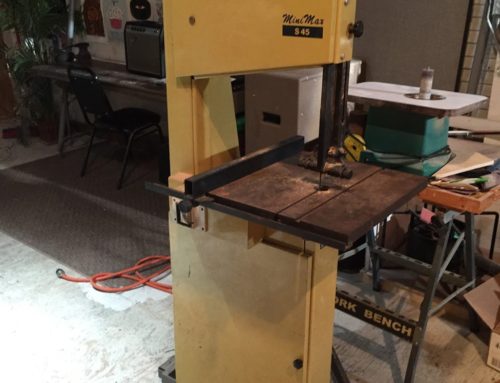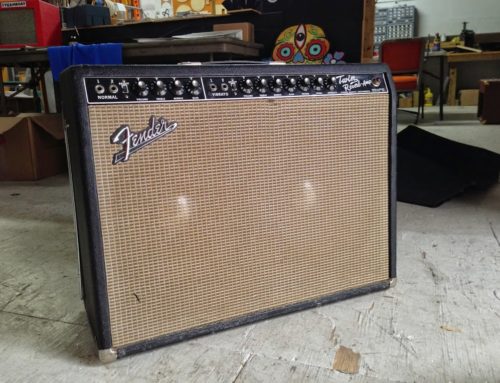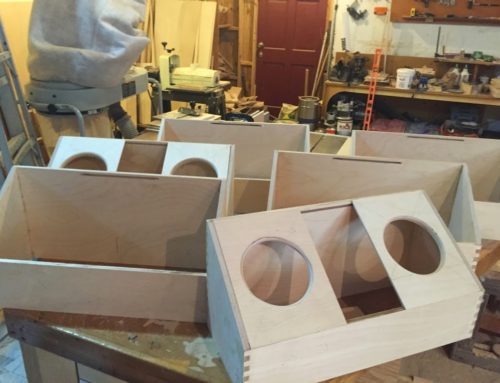What is it about the electric guitar that transcends our culture?
Is it the look – an instrument strung over the player’s shoulder like a battle axe?
Is it the player – a grimacing, rebellious showman flailing on the strings while sliding across the stage?
Or is it the sound? As loud as your electric amplifier stack will allow, and nearly always with distortion.
Since the beginning, electric guitar players have been obsessed with distortion. Guitarist Willie Kizart is often attributed as playing the first distorted guitar on the 1951 recording of “Rocket 88” with Ike Turner’s group Kings of Rhythm. Willie’s distortion was the result of a broken speaker but realistically, distorted playing began much earlier than this, as a cheap tube amp offered plenty of overdrive through small, easily distorted speakers. Thanks to great showmen like Chuck Berry and Link Wray, this new distorted sound leaped from the bedroom to the stage, radio and studio.
Following cultural revolution throughout the 60’s, the guitar became an icon for change, radicalism and expression. More guitarists began embracing electric amp distortion, and the manufacturer’s of otherwise clean, sweet sounding amplifiers responded.
This led to the ubiquitous “Master Volume” amplifier. This new type of amplifier had two gain adjustments – one at the beginning of the pre-amp circuit, and one at the end of the pre-amp circuit. This allows you to “crank” the pre-amp, while keeping the output stage of an amplifier at a manageable volume level. This led guitarists to pour more and more distortion into their sound, tracing back to the kind of impact a broken amplifier brought to the sound stage.
With more Master Volume amps, we began manipulating distortion in otherworldly ways. Thousands upon thousands of foot-controlled stomp boxes have been ushered in by demand of gain-hungry axemen across the world. Amplifiers began showing up with multiple channels, each with a unique distortion voicing accessible on the fly. With each iteration upon this lust for overdrive, this remains true – guitar players love to hear their instrument crunch!
It was decided very early on to develop a Steamboat amp dedicated to the almighty crunch, even before the company was a thought in my head. I began experimenting with high gain circuits immediately after servicing my first tube amp – a Sovtek MIG100 (serial number 13!). Turns out, this amp was a Russian-made copy of an English circuit – the Marshall JCM800. The ‘800 is the most famous “Master Volume” amp of all time, celebrated on countless records across all genres – most notably hard rock and heavy metal. It may not have been the first ‘Master Volume amp’, but it is certainly celebrated as the turning point for many guitar players evaluating their amp choices.
Hey look its that old MIG100 I worked on… Sounds heavy!
This 800 circuit, among other classics, such as the Soldano SLO (a suped-up Marshall in its own right), the Hiwatt DR series and others led us to an intuitive design encapsulating the most desirable elements of a high gain amplifier. One goal was to make our master shredder dead simple – whereas many modern high gain amplifiers are riddled with switches and voicing options, the interface on the Captain’s Crunch is very easy to use.
While the gain control adjusts overall distortion, each frequency band (Treble, Mid, Bass and Presence) adjusts distortion within its range. The biggest complaint I’ve heard from players about modern amplifiers is the muddiness that high-gain distortion tends to bring. Splitting the job of creating distortion before and after the tone stack was crucial to develop tones of extreme high gain with plenty of clarity.
And the best part yet? The Captain’s Crunch is a helluva clean amp, too. Almost a byproduct of the circuit’s dynamic range, cranking the volume and settling the gain control down allows some pretty spanky clean tones – great for those that wield Telecasters along with their Les Pauls.
The Captain’s Crunch contains three 12AX7 tubes and two KT88 power tubes. This power amp is much like the wide-bandwidth Steamroller 200 circuit albeit two power tubes lighter. Servicing the ‘Crunch should be easy given on board bias monitoring and adjustment for each power tube. Two parallel speaker jacks can be run at 4, 8, or 16 ohms – so if you’ve got one speaker cabinet or four, you’re covered to melt their freakin’ faces.





